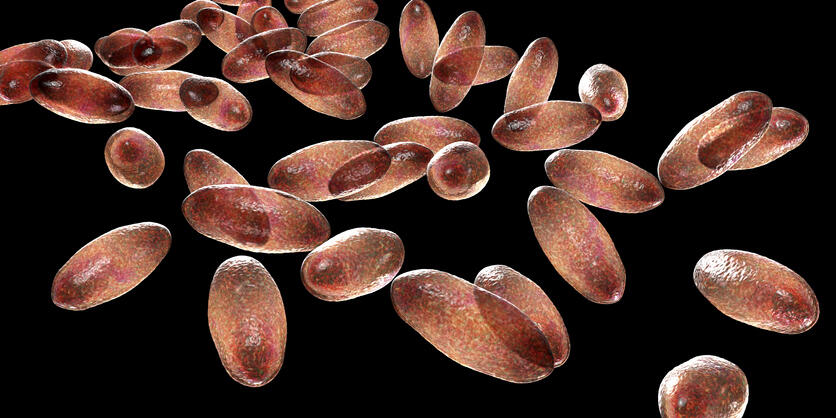
LSTM’s Professor Paul Garner and LSTM alumna Dr Sophie Jullien have been working with a group of researchers carrying out a review of the evidence in relation to the threat posed by handling the bodies of people and animals that have died of plague in transmission of the disease.
The results of their work, which are published in the Emerging Infectious Diseases Journal, have already been used by the World Health Organization (WHO) to update their plague guidelines. Researchers analysed the scientific literature to evaluate risk for transmitting Yersinia pestis bacteria, the causative agent of plague, from human corpses and animal carcasses.
Professor Garner, who was senior author on the paper, explains: “While we were unable to find direct evidence of transmission we hypothesized possible transmission pathways, examining three potential sources of infection. Our findings can help those tasked with producing guidelines to ensure that the correct precautions are taken by healthcare workers or vets that have to handle the bodies or people or animals who have died of the plague, do so safely.”
Plague is an ancient disease that has killed millions of people, including one third of the population of Europe during the "Black Death" pandemic in the 14th century. Plague remains a threat in many parts of the world and has been categorized by the WHO as a reemerging disease. Examining three potential pathways to transmission: body fluids of living plague patients; infected corpses and carcasses; and body fluids of infected corpses, they concluded that transmission is possible.
They concluded that pneumonic plague (a form of plague that primarily infects the lungs) can be transmitted by intensive handling of the corpse or carcass, presumably through inhaling respiratory droplets, and that bubonic plague (named for the swollen lymph nodes or “buboes” that sometimes accompany infection) can be transmitted by blood-to-blood contact with the body fluids of a corpse or carcass.
First author on the paper, Dr Sophie Jullien of the University of Barcelona, said: “Plague remains a problem in many countries around the world and knowing whether human corpses or animal carcasses can transmit plague will help to develop policies for safe handling.